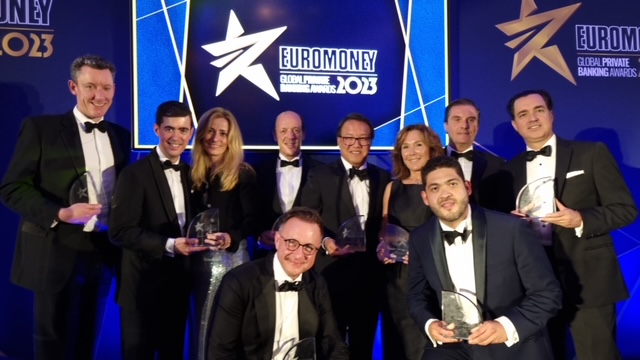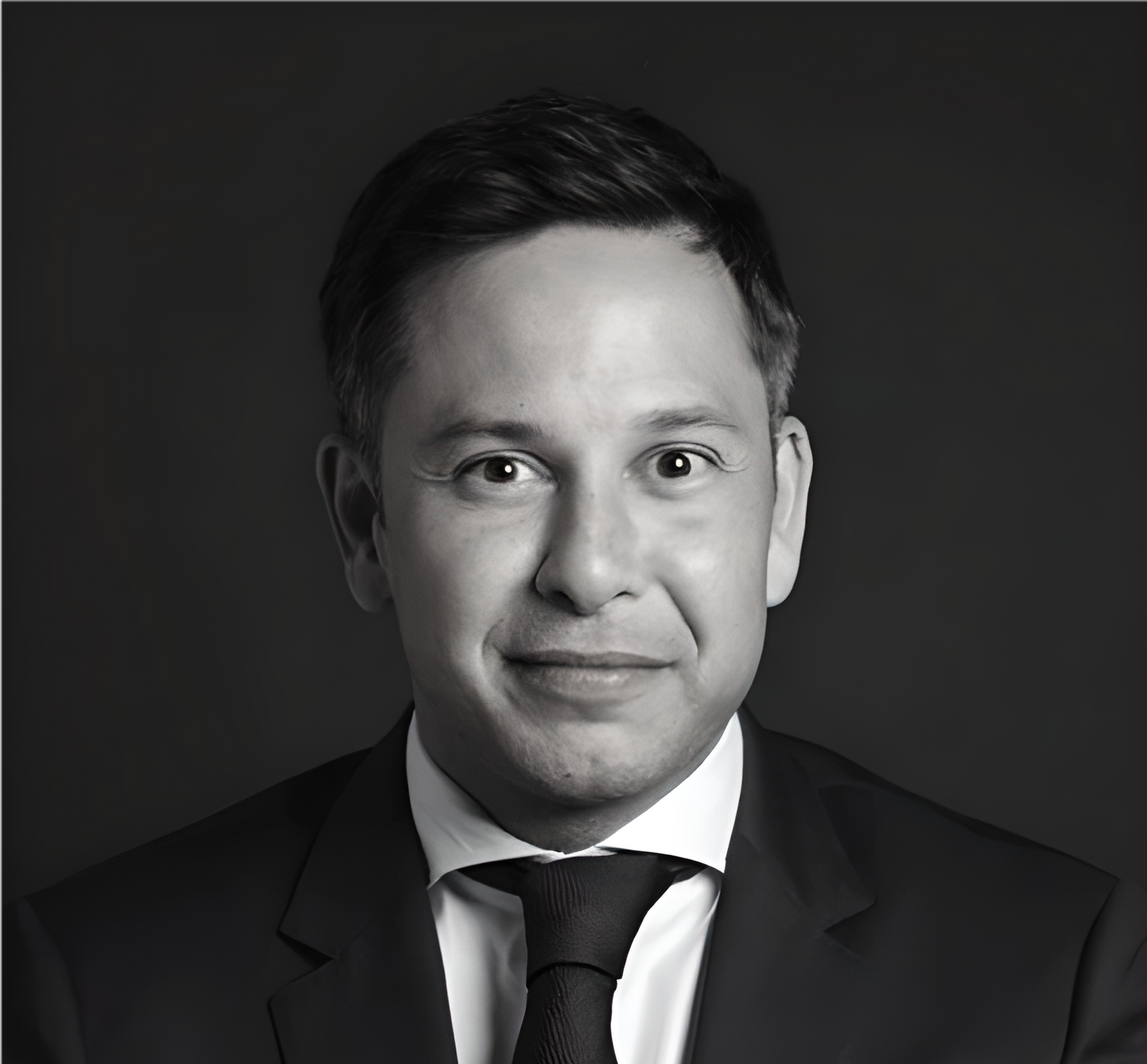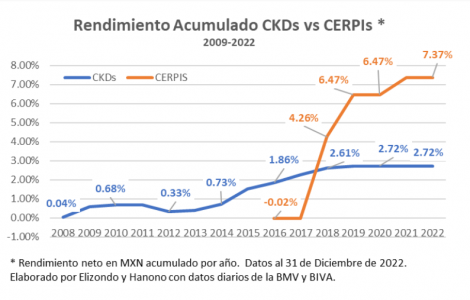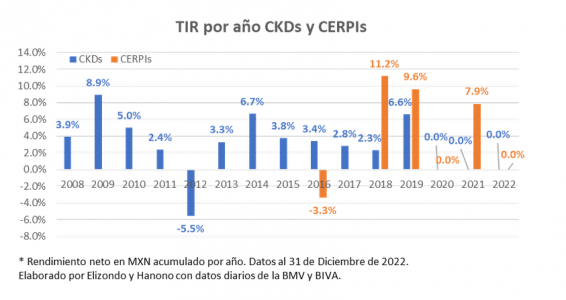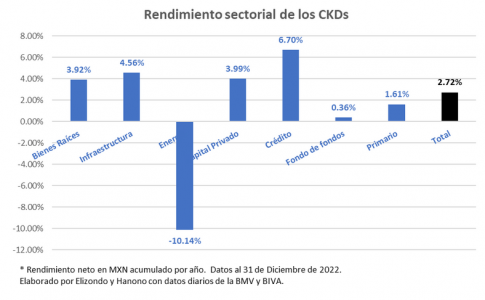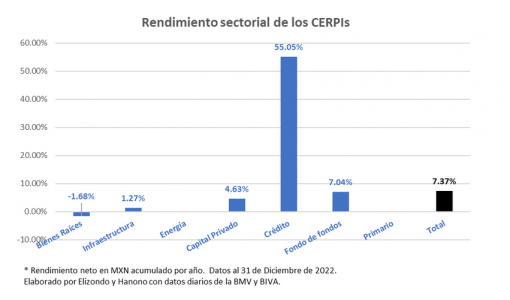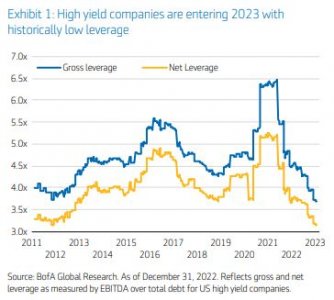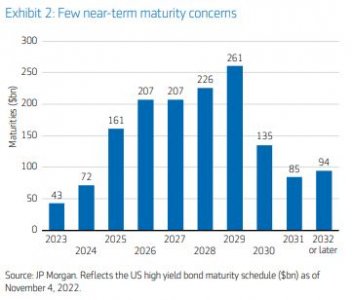The Market Feels Like it is Waiting for an Inevitable Recession
| By Cecilia Prieto | 0 Comentarios

U.S. equities were mixed during the month of May. While mega-cap tech stocks benefited from a wave of optimism fueled by advancements in artificial intelligence (AI), the current Federal debt crisis loomed large, dominating the headlines and affecting market sentiment. The first quarter earnings season concluded and while the “better than feared” label can describe the past few earnings seasons quite well, the general increase to 2023 guidance is an encouraging sign for companies overall. After tense negotiations between the White House and Republican House Speaker Kevin McCarthy, the House of Representatives passed legislation to suspend the debt ceiling and set federal spending limits in an effort to avoid a potential economic catastrophe. The bill was sent to the Senate, which finally passed it on June 1st, so the nation’s new debt limit has been extended through January 1, 2025.
On May 3, the Federal Reserve announced another 25bps rate hike at the end of its two-day policy meeting, bringing the targeted federal funds rate to 5.00-5.25%. During his press conference, Fed Chair Jerome Powell noted that inflation has moderated somewhat since the middle of last year and that the process of getting inflation back down to 2% has a long way to go.
Mega-cap tech stocks have been the prime beneficiaries of the recent positive momentum regarding artificial intelligence, with NVIDIA (NVDA), Microsoft (MSFT) and Amazon (AMZN) as the top three contributors to the Russell 1000’s performance for the month of May.
May was a challenging month for merger arbitrage investing as First Horizon (FHN) and Toronto-Dominion Bank (TD) walked away from their deal, and the U.S. FTC sued to block Amgen’s (AMGN) $27 billion acquisition of Horizon Therapeutics (HZNP). Spreads on other deals widened in sympathy, however, we view this as an opportunity to add to positions at wider spreads despite the setbacks. The market has appropriately begun pricing in more concerns around regulatory scrutiny and risk, which has resulted in wider spreads that have negatively impacted performance. New deal activity is creating opportunities for investors to deploy capital in deals where we believe arbitrageurs can be appropriately compensated, and believe that over time will continue to generate absolute returns.
The convertible market was essentially flat in May, as fears of a recession and the US debt ceiling impasse weighed on the market while mixed economic data and company guidance gave some optimistic investors hope. Equity market breadth is quite low with only a few names driving performance. On balance the market feels like it is waiting for an inevitable recession. We recognize the importance that these macro factors have on a convertible portfolio, but believe the market currently offers an opportunity for favourable risk adjusted performance relative to underlying equities in this environment.
The unique opportunity in convertibles currently comes from fixed income equivalent issues that are trading at attractive yields to maturity in excess of our long term expected return. These are often convertibles within a few years of maturity that we expect to accrete to par over that time. While this is not the profile we have focused on historically, we find it to be attractive for the fund in this environment. These convertibles should have limited downside from here and we expect them to outperform equities in a flat, down, or volatile market.




